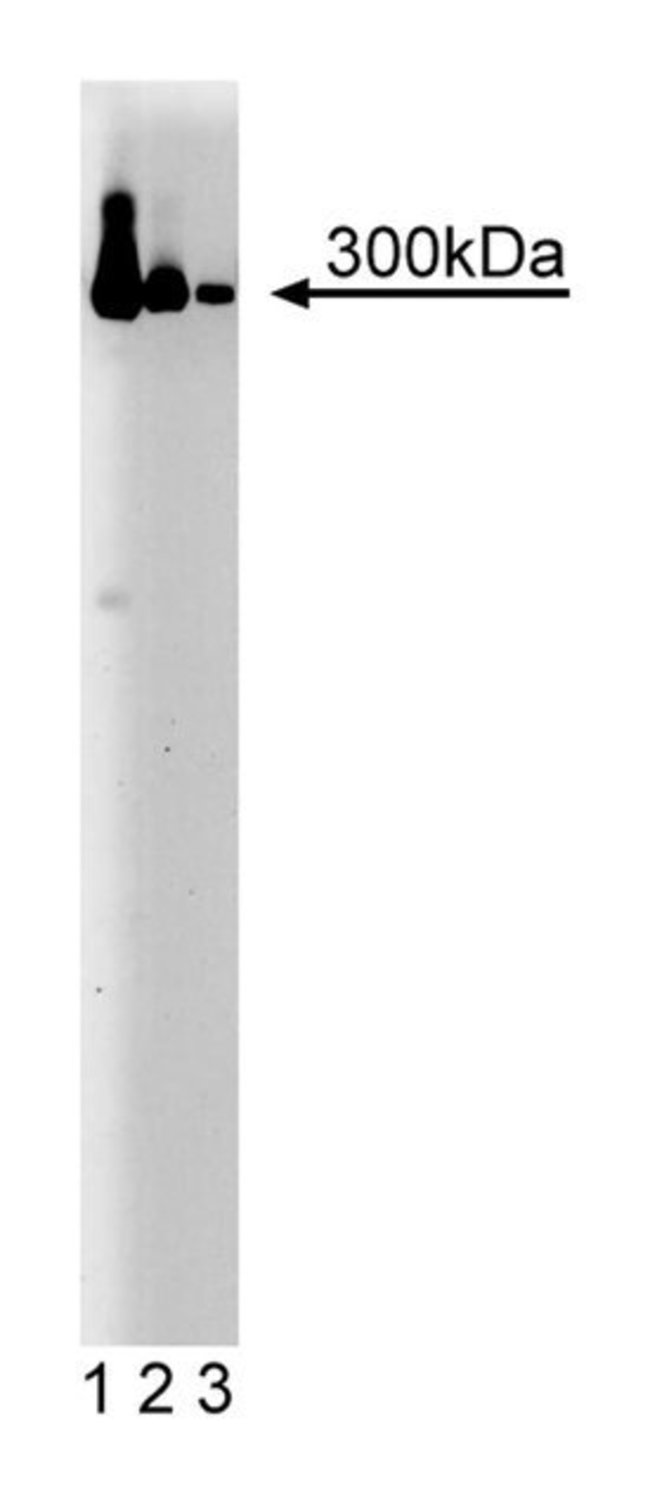IP3R-3 Mouse, Unlabeled, Clone: 2, BD, Mouse Monoclonal Antibody, Each

Details
Inositol 1,4,5-triphosphate (IP3) functions as a second messenger for many hormones, growth factors, and neurotransmitters. IP3 causes the release of Ca2 from intracellular stores by binding specific receptors that are coupled to Ca2 channels. A number of studies have identified a family of at least four IP3 receptors (IP3R). The type III receptor (IP3R-3) has been isolated and characterized in human and rat. IP3 receptors are commonly localized in the endoplasmic reticulum, but have also been identified in the nucleus and the plasma membrane. Co-expression of different IP3 receptors is detected in most tissues and cell lines. Although these receptors appear to have a similar specificity for inositol phosphates, the different receptors have been reported to have different affinities for IP3 as follows: type II > type I > type III.Immunofluorescence, Immunohistochemistry, Immunoprecipitation, Western Blotting
Additional Information
| SKU | 10134906 |
|---|---|
| UOM | Each |
| UNSPSC | 12352203 |
| Manufacturer Part Number | 610312 |

